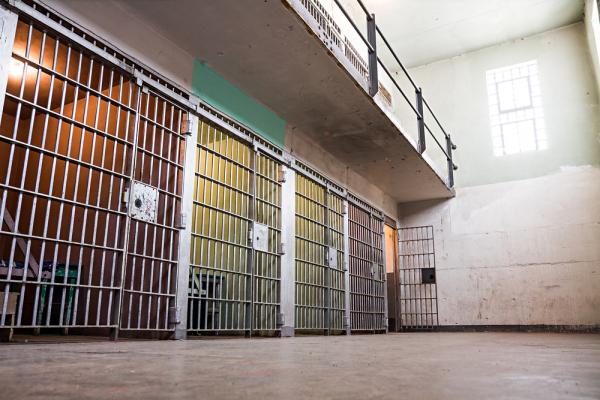Mar 6, 2017
If our fasting from food does not compel us to consider and improve the circumstances of those who are hungry and fast involuntarily, then what purpose does it serve? If our abstaining from shopping for clothes does not cause us to consider and provide for the naked, and if our desire to improve our interpersonal relationships doesn’t catalyze our engagement with those on the margins, how does this season of sacrifice serve the building of God’s kingdom on earth as it is in heaven?
Read the Full Article

Already a subscriber? Login
